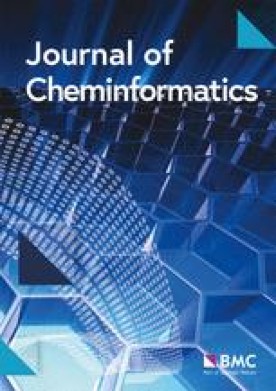Generalizable, fast, and accurate DeepQSPR with fastprop
Abstract
Quantitative Structure–Property Relationship studies (QSPR), often referred to interchangeably as QSAR, seek to establish a mapping between molecular structure and an arbitrary target property. Historically this was done on a target-by-target basis with new descriptors being devised to specifically map to a given target. Today software packages exist that calculate thousands of these descriptors, enabling general modeling typically with classical and machine learning methods. Also present today are learned representation methods in which deep learning models generate a target-specific representation during training. The former requires less training data and offers improved speed and interpretability while the latter offers excellent generality, while the intersection of the two remains under-explored. This paper introduces fastprop, a software package and general Deep-QSPR framework that combines a cogent set of molecular descriptors with deep learning to achieve state-of-the-art performance on datasets ranging from tens to tens of thousands of molecules. fastprop provides both a user-friendly Command Line Interface and highly interoperable set of Python modules for the training and deployment of feedforward neural networks for property prediction. This approach yields improvements in speed and interpretability over existing methods while statistically equaling or exceeding their performance across most of the tested benchmarks. fastprop is designed with Research Software Engineering best practices and is free and open source, hosted at github.com/jacksonburns/fastprop.

 求助内容:
求助内容: 应助结果提醒方式:
应助结果提醒方式:


